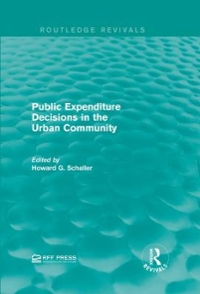Question
Brief answers,, QUESTION 1 Your entire wealth consists of the balance of your bank account, which is $ 1, . You also own a painting
Brief answers,,



RL by Z(p, w) = [[x' (p. wi) - wij (2) and the set M = {(p, W) ER! x RY [ Z(p, w) = 0} . (3) Here, x' is individual i's demand function and Z is the aggregate excess demand function. Ob- viously, p is a vector of competitive equilibrium prices of exchange economy {], (u', wilies} if, and only if, (p, w) ; (wi - wi ).3. Argue that for any I: and any w, there exists W E R}: such that {a} [p,W} is in M; and {h} for all i, \"[3 ~ W1 = 11 ~ WE. (Him: Third: ofa prole of endowments such that at prices p each individual i. demands xifp,wi} and 1which guarantees that markets clear.) 4. Use the previous steps to explain haw an analyst who only observes M can construct function Z in a unique manner. 5. Argue that there artists a sub-prole of individual endowments for all agents other than i=1, say [W2 ..... WILsuehthatforallpandalel, xl[p,w1] = Z[p,wl,;2,...,w ] +w. (Hint: Think of a way of kicking all agents but i = 1 out of the market) 6. Explain how, once the analyst of part 4 has constructed Function Z, she can construct mction :1 in a unique manner
Step by Step Solution
There are 3 Steps involved in it
Step: 1

Get Instant Access to Expert-Tailored Solutions
See step-by-step solutions with expert insights and AI powered tools for academic success
Step: 2

Step: 3

Ace Your Homework with AI
Get the answers you need in no time with our AI-driven, step-by-step assistance
Get Started


